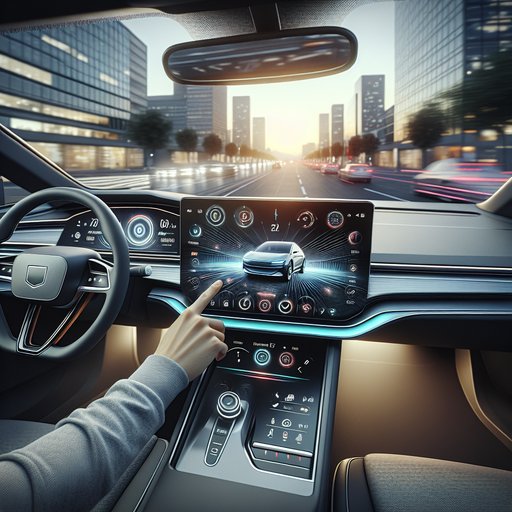
We spent a week and 600 miles with a 2024 Tesla Model 3 Long Range to focus solely on its infotainment, connectivity, and user interface—how fast it is, how intuitive it feels, and how well it works when you’re juggling navigation, calls, and climate on the move.
Our test car ran the latest 2024 over-the-air software during the evaluation, powered by Tesla’s AMD Ryzen-based infotainment computer. The cabin centers on a 15.4-inch landscape touchscreen, with an additional 8-inch rear display for climate and media. Premium Connectivity was enabled for live traffic visualization and in-car streaming. We paired two phones (iOS and Android), drove urban commutes, interstates, and rural routes, and evaluated features both with strong LTE coverage and on Wi‑Fi.
Baseline features are comprehensive but closed: there’s no Apple CarPlay or Android Auto. Instead you get native apps (Spotify, Tidal, Apple Music, TuneIn), built-in navigation with Supercharger routing, a robust Bluetooth stack (phone-as-key via Bluetooth Low Energy), and a capable mobile app for remote functions. The UI is highly configurable—dock shortcuts, widgets for trip, tire pressures, dashcam—and the rear screen handles second-row climate, seat heaters, and media when permitted. Performance is a highlight.
From sleep, the system wakes near-instantly; we measured 2–3 seconds to a responsive home screen, and app switching is effectively lag-free. Map rendering stays smooth while panning and zooming at highway speeds, and recalculations after missed turns typically took under 2 seconds. The voice assistant handles navigation queries, climate adjustments, and media searches reliably with normal cabin noise up to about 70 mph; beyond that, accuracy drops slightly unless you use the steering wheel mic button and speak up. Usability is largely defined by the touchscreen.
Common drive controls (wipers, mirrors, steering and pedal feel, ADAS toggles) live a level deep but are surfaced by a consistent quick-controls shade; climate is permanently docked with temperature readouts and seat-heater one-taps. Once learned, tasks are fast, but first-time users may hunt for items like trip info and glovebox. The camera suite integrates well: crisp rear view with side repeater feeds helps lane positioning when maneuvering. The absence of a separate gauge cluster is polarizing; speed in the upper-left corner becomes second nature after a day, though some will still want a HUD.
Connectivity proved solid. The phone key remained reliable across seven days, even with two paired devices; handoffs for calls default to the last active device, and audio reconnects within a second of entry. Bluetooth call quality is clear, and media resume works consistently. OTA updates downloaded over home Wi‑Fi in about 10–20 minutes and installed in 25–35 minutes.
Native streaming apps buffer quickly on good signal, but rural LTE can prompt brief bitrate drops; downloads for offline playlists mitigate this. Overall, Tesla’s stack is one of the quickest and most integrated in the market, with excellent route planning that accounts for charge stops and arrival SOC, plus frequent OTA improvements. The trade-offs are the lack of CarPlay/Android Auto, reliance on soft keys for nearly everything, and a voice assistant that, while capable, isn’t as flexible as Siri/Google for messaging or third-party apps. If you value speed, seamless charging integration, and a cohesive interface, it’s a standout; if you prioritize open ecosystems and physical redundancy, test carefully before buying.












